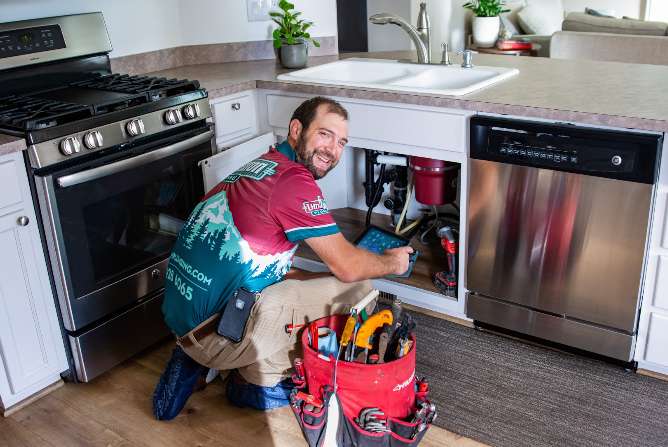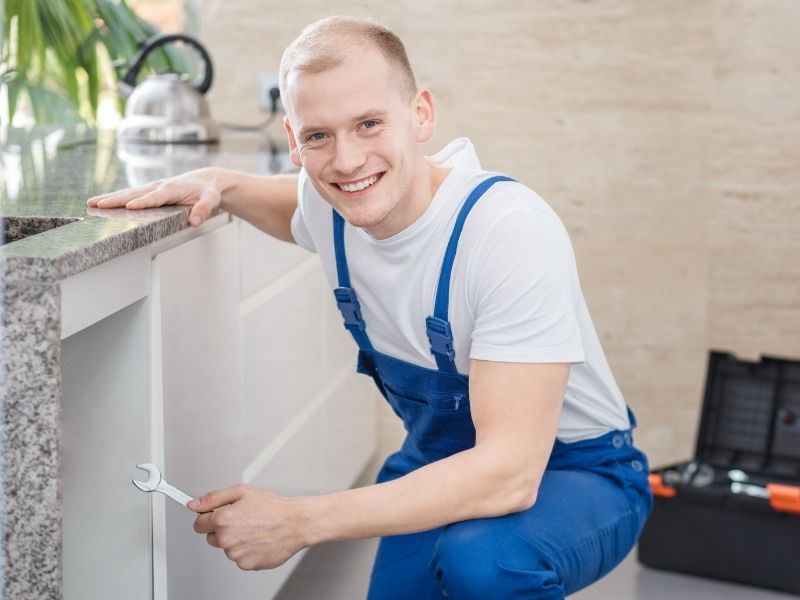Understanding Ideal Instances to DIY and When to Seek a Pro Plumber
Understanding Ideal Instances to DIY and When to Seek a Pro Plumber
Blog Article
We have stumbled on this article involving When to Call a Plumber? DIY or Professional Help directly below on the web and concluded it made sense to share it with you here.

Intro
Plumbing concerns can vary from small hassles to significant frustrations, typically prompting property owners to make a decision between dealing with the issue themselves or calling a professional plumber. Recognizing when to do it yourself and when to seek specialist help can conserve time, money, and prevent possible catastrophes. This short article discovers the variables to consider when making this critical choice.
Benefits of DIY Plumbing
Taking on pipes tasks on your own can be satisfying in several methods, specifically for easier tasks.
Intricacy of Tasks
Some plumbing issues need specific knowledge and tools beyond common homeowner capacities. Messing up intricate troubles can lead to more damages and expensive repair services.
Safety Problems
Working with plumbing systems involves risks such as exposure to water damage, possibility for electrical hazards, and dealing with devices improperly. Security precautions need to be observed to avoid crashes and guarantee efficient repair services.
Indicators to Call an Expert Plumbing Technician
Acknowledging when a plumbing concern goes beyond DIY capacities is vital to stop getting worse problems.
Signs of Complex Issues
Instances consist of:
Prompt expert intervention is required to address these issues effectively and reduce damages.
DIY Plumbing Tips
For effective DIY plumbing, it's necessary to be prepared with the right devices and comply with proper treatments.
Basic Devices and Materials
Key tools for do it yourself plumbing:
Step-by-Step Guides
Clear guidelines make sure risk-free and reliable do it yourself fixings:
Picking the Correct Time to Do It Yourself
Figuring out when to tackle pipes tasks on your own needs examining both the complexity of the concern and personal comfort degrees.
Analysis List
Think about:
Cost Cost savings
Do it yourself pipes tasks frequently conserve money by avoiding specialist service charge. Tasks like taking care of small leakages, changing faucets, or setting up new showerheads are examples where property owners can take care of repair services without working with a plumber.
Ability Improvement
Participating in do it yourself pipes supplies a possibility to find out and boost practical skills. Fundamental tasks empower property owners to comprehend their pipes systems far better and gain self-confidence in taking care of little repairs individually.
Risks of Do It Yourself Plumbing
While do it yourself projects supply benefits, certain threats should be thoroughly taken into consideration prior to trying repairs.
When to Absolutely Call a Professional
Specific scenarios demand immediate skilled attention to prevent extensive damage or safety hazards.
Emergency situation Circumstances
Examples consist of:
Searching for and Employing a Professional Plumbing Technician
Selecting a certified plumbing technician makes certain trusted solution and peace of mind in resolving plumbing concerns.
Standards for Selection
Variables to consider:
Price Analysis: DIY vs. Professional Solutions
Contrasting the financial implications of DIY initiatives versus specialist pipes services helps in making informed decisions.
Financial Considerations
Assess:
Conclusion
Deciding whether to do it yourself or call a professional plumbing technician hinges on understanding the intricacy of plumbing issues and personal abilities. By weighing the advantages and threats, home owners can make informed options that promote effective maintenance and safeguard their homes from pipes calamities.
DIY Plumbing Projects: What Homeowners Can Do and When to Call a Professional
Welcome to our comprehensive guide on DIY plumbing projects. In this blog post, we aim to empower homeowners with the knowledge and skills to tackle basic plumbing tasks around the house. From unclogging drains to fixing a leaky faucet, we’ll walk you through step-by-step instructions on how to handle these common issues.
However, not all plumbing problems can or should be solved with a DIY approach. Recognizing when a problem is beyond your skill level and requires professional intervention is just as important as knowing how to perform basic tasks. We’ll also discuss the signs that indicate it’s time to put down your tools and pick up the phone to call a professional plumber. By understanding when to DIY and when to call a professional, you can save time, avoid potential disasters, and ensure your home’s plumbing system remains in top shape.
Understanding Plumbing Basics
Before we dive into the DIY projects, let’s take a moment to understand the basics of your home’s plumbing system. A typical residential plumbing system consists of two major components: the water supply system, which brings fresh water into your home, and the drainage system, which removes waste water. These systems are made up of a network of pipes, valves, and fixtures that work together to deliver clean water and dispose of waste efficiently.
Regular maintenance of your plumbing system is crucial to prevent minor issues from escalating into major problems. This includes tasks like checking for leaks, removing minor clogs, and ensuring your pipes are insulated for winter. By performing these tasks regularly, you can extend the lifespan of your plumbing system, save money on water bills, and maintain the comfort and hygiene of your home.
In the following sections, we’ll explore some common DIY plumbing projects that homeowners can handle, as well as situations that require the expertise of a professional plumber. Whether you’re a seasoned DIY enthusiast or a beginner, this guide will provide you with valuable insights into the world of home plumbing.
DIY Plumbing Projects Homeowners Can Handle
Plumbing may seem intimidating, but there are several tasks that homeowners can confidently tackle with a little guidance and the right tools. Here are a few common issues you might encounter and how to address them.
Unclogging Drains
Use a Plunger: This is your first line of defense. A good old-fashioned plunger can dislodge the obstruction and clear the drain in many cases. Try a Plumber’s Snake or Hand Auger: If the plunger doesn’t work, a plumber’s snake or hand auger can reach deeper into the pipe to break up the clog. Use a Drain Cleaner: If physical methods fail, a chemical drain cleaner can dissolve the clog. However, use these products sparingly as they can damage your pipes if overused.

I discovered that post on When to Call a Plumber? DIY or Professional Help while browsing the web. Sharing is caring. One never knows, you may very well be doing someone a favor. Thank you for your time. Come back soon.
Go Deal Report this page